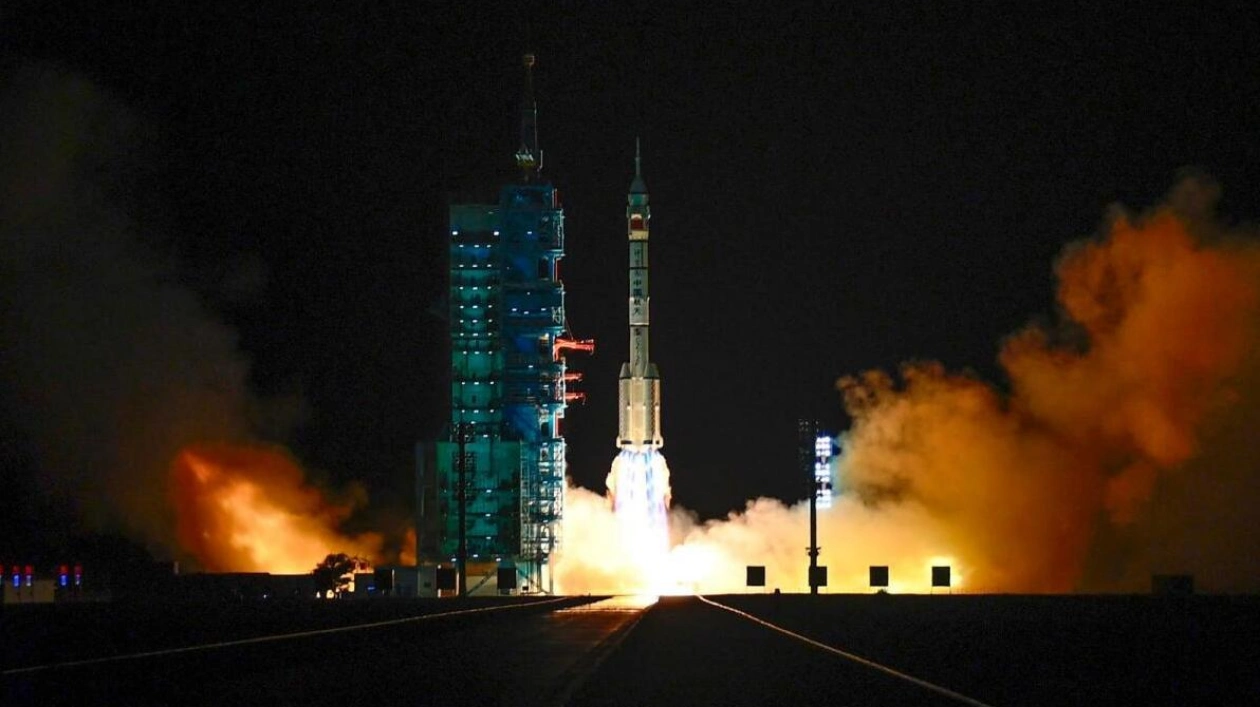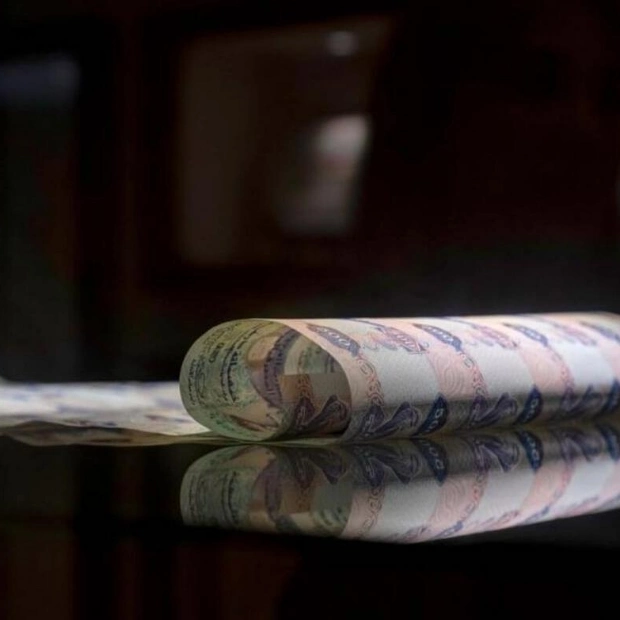A Long March-2F carrier rocket, bearing the Shenzhou-19 spacecraft and a crew of three astronauts, successfully launched from the Jiuquan Satellite Launch Center in the Gobi desert, northwest China, on Wednesday.
Three Chinese astronauts, including the country's sole female spaceflight engineer, embarked on a mission to the Tiangong space station in the early hours of Wednesday. The new Tiangong team aims to conduct experiments towards the ambitious goal of placing astronauts on the Moon by 2030 and eventually constructing a lunar base. The Shenzhou-19 mission, carrying its trio of space explorers, lifted off at 4:27 am (2027 GMT Tuesday) from the Jiuquan Satellite Launch Center in northwest China, as reported by state news agency Xinhua and state broadcaster CCTV.
Among the crew is Wang Haoze, 34, China's only female spaceflight engineer, according to the China Manned Space Agency (CMSA). Wang, the third Chinese woman to participate in a crewed mission, expressed her desire to complete each task meticulously and protect their space home. She also shared her aspiration to travel in deep space and wave at the stars.
The space agency declared the launch a 'complete success', with the spaceship separating from the rocket and entering its designated orbit about 10 minutes after takeoff. The spaceship is set to perform a 'fast, automated rendezvous and docking with the front port of the space station core module Tianhe' to combine three modules and three spacecraft.
Led by Cai Xuzhe, the team is expected to return to Earth in late April or early May next year, according to CMSA Deputy Director Lin Xiqiang. Cai, a 48-year-old former air force pilot, brings experience from a previous stint aboard Tiangong as part of the Shenzhou-14 mission in 2022. Completing the astronaut lineup is 34-year-old Song Lingdong.
China has intensified its efforts to achieve its 'space dream' under President Xi Jinping. The country's space program, which was the third to put humans in orbit, has also landed robotic rovers on Mars and the Moon. The Tiangong space station, crewed by teams of three astronauts rotated every six months, is the program's crown jewel. Beijing aims to send a crewed mission to the Moon by 2030, with plans to construct a base on the lunar surface.
The Shenzhou-19 crew's time aboard Tiangong will involve various experiments, including testing 'bricks' made from components imitating lunar soil. These items, to be delivered by the Tianzhou-8 cargo ship in November, will be assessed for their performance in extreme conditions. Due to the high cost of transporting materials into space, Chinese scientists hope to utilize lunar soil for the construction of the future base.
The Shenzhou-19 mission is primarily focused on 'accumulating additional experience', according to Jonathan McDowell, an astronomer at the Harvard-Smithsonian Center for Astrophysics. While this crew's six-month stint may not yield major breakthroughs, it remains 'very valuable to do'.
China has invested billions of dollars in developing an advanced space program comparable to the United States and Europe. In 2019, China successfully landed its Chang'e-4 probe on the far side of the moon, and in 2021, it landed a small robot on Mars. The Tiangong space station, with its core module launched in 2021, is planned for a decade-long use.
Source link: https://www.khaleejtimes.com






